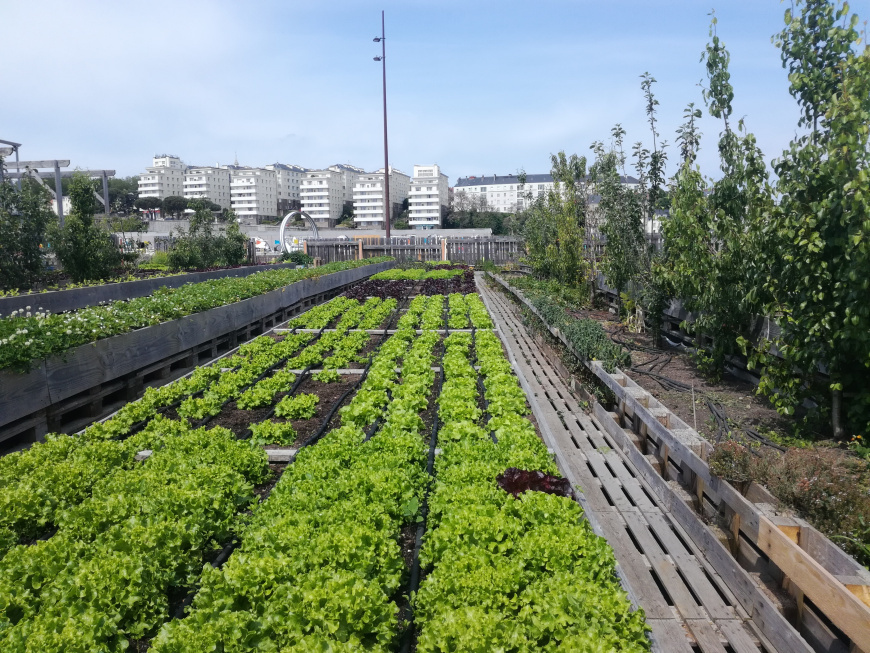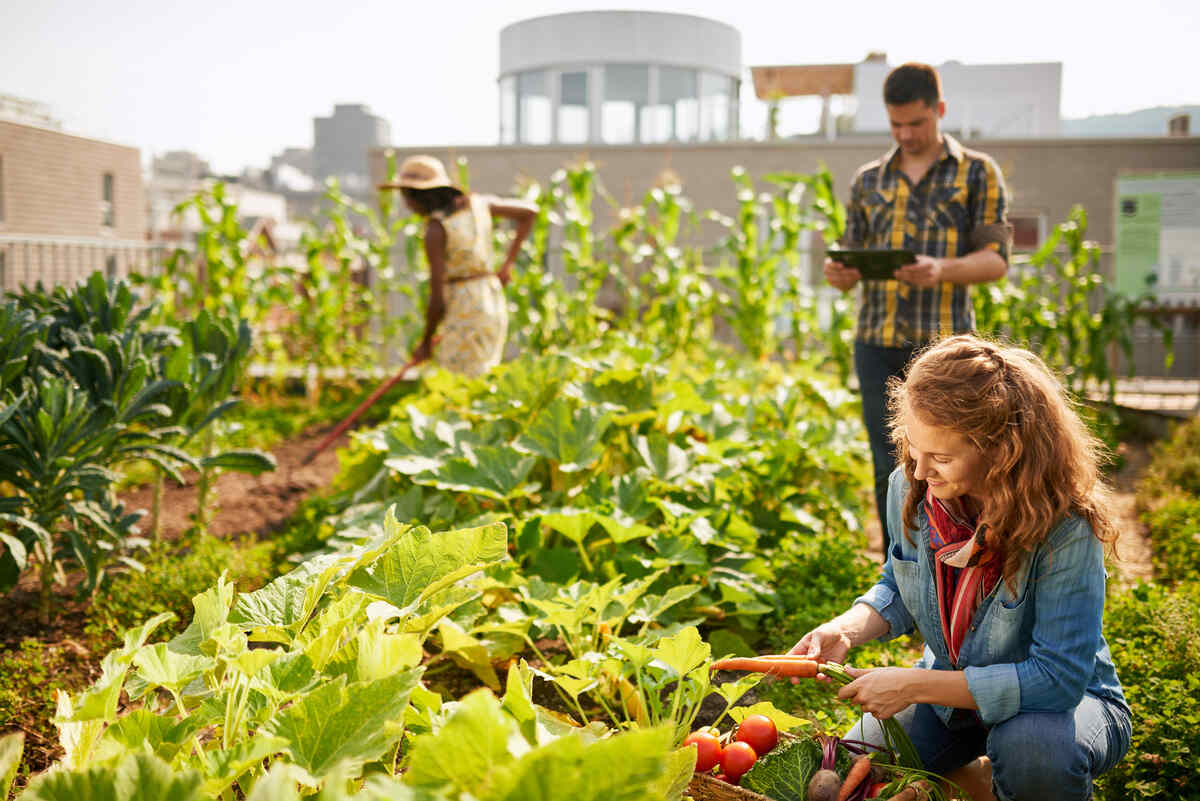City Blooming Fundamentals Explained
Wiki Article
Our City Blooming Ideas
Table of ContentsRumored Buzz on City BloomingRumored Buzz on City BloomingThe Single Strategy To Use For City BloomingGetting The City Blooming To Work8 Simple Techniques For City Blooming
Fascinated in expanding food for sale in the City of Chicago? Below is a checklist of frequently asked questions pertaining to the policies and guidelines that farmers should think about when preparing an urban farming task.
The zoning modification does not customize any other codes managing composting, structure authorizations, acquiring or leasing City owned building, organization licenses or ecological contamination. There are existing codes that manage these issues and they stay in full impact and might be appropriate to your job. Area yards are commonly had or taken care of by public entities, civic organizations or community-based companies and maintained by volunteers.
Urban farms expand food that is planned to be offered, either on a nonprofit or for-profit basis. Because of their industrial function, metropolitan ranches call for a company license. Yes. A community garden is permitted to market excess produce that was grown on website if the sales are accessory or secondary to the yard's main objective described over.
The 10-Minute Rule for City Blooming
The quantity of compost material can not go beyond 25 cubic backyards at any kind of provided time according to the standards in 7-28-715 of the City's Municipal Code. Because the soil at many brand-new yard websites needs changing, compost, dirt, wood chips, or various other materials can be gotten to create or improve the growing space.
If a structure authorization is required then the hoophouse will certainly be thought about an accessory structure. You can locate out more concerning the structure permit demands by getting in touch with the Division of Structures. The 25,000-square-foot dimension limit is planned to stop a solitary neighborhood yard from controling an offered block or diminishing the block's existing property or business character.
The restriction does not apply to yards situated in Public Open Room (POS) areas. Can there be even more than one community yard that is 25,000 square feet on a single block? Fencing is not required, however, gardens that have large auto parking areas might be called for to set up secure fencing or other landscape design features.
All About City Blooming
B1 & B2 go now districts call for that all commercial usage activities be conducted inside. R districts restrict industrial task. The guidelines show the function and intent of the Zoning Code. Is fence needed for city ranches? Yes. Fences may be required, along with landscape design and testing, for certain car park locations and outdoor work or storage locations depending on place and the certain task occurring.Urban ranches require building authorizations and zoning authorizations prior to building and construction (sustainable gardening). Other forms of city evaluation might be required depending on specific frameworks, activities, size, landscaping, licensing, public heath and stormwater management problems.
Yes. The kind of certificate is identified by what is happening at the site. The Department of Service Matters and Consumer Defense can assist figure out the particular sort of organization certificate that's called for. Yes. Off road car park is needed for a lot of business jobs in Chicago. The called for variety of auto parking spaces is based upon the number of workers dealing with site and not the square video footage of the growing room.
The Main Principles Of City Blooming

Yes. A metropolitan farm can sell compost material created on website, however, the operation needs to adhere to the laws in 7-28-715 of the Chicago Municipal Code. Yes. Aquaponic systems are enabled inside your home on metropolitan farms in lots of zoning districts. A zoning review and building authorization is needed in order to install structures or systems and a business license is called for as defined above.
As much as five hives or nests of honey may be kept as an accessory use. Nonetheless, beekeepers must register with the Illinois Division of Farming. To find out more about the proposed zoning modification you may get in touch with the Department of Housing and Economic Development, Bureau of Planning and Zoning at 312.744.8563.
Farming in cities and city areas A metropolitan farm in Chicago. Urban agriculture refers to numerous practices of growing. https://www.mixcloud.com/cityblooming/, processing, and dispersing food in urban locations. The term likewise applies to the location tasks of pet husbandry, aquaculture, beekeeping, and cultivation in a city context. Urban farming is differentiated from peri-urban farming, which occurs in backwoods at the edge of suburbs.
Unknown Facts About City Blooming
, that look for to develop social networks established on a shared ethos of nature and area holism. These networks can create by method of formal institutional assistance, ending up being integrated right into local town preparation as a "shift town" activity for sustainable metropolitan development.In either instance, the extra direct access to fresh veggie, fruit, and meat products that may be become aware through metropolitan agriculture can improve food security and food security while lowering food miles, causing lower greenhouse gas exhausts, therefore adding to environment adjustment reduction. A few of the very first proof of urban farming originates from Mesopotamia.
Report this wiki page